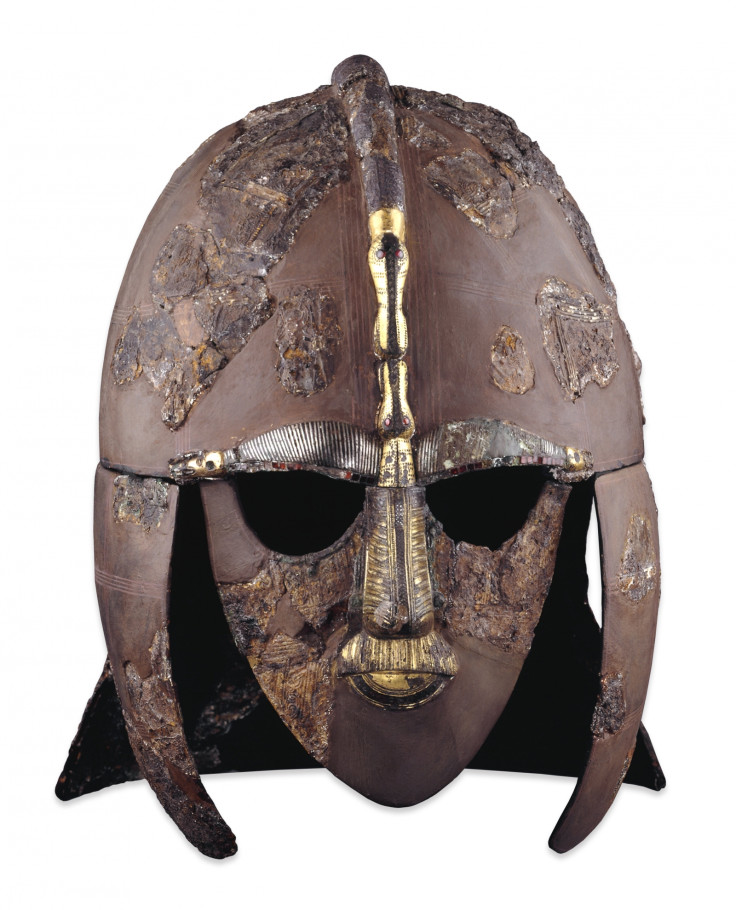Sutton Hoo ship burial reveals we were trading with the Middle East 1,300 years ago
The black organic samples had incorrectly been identified as tar in the past.

Middle Eastern bitumen has been identified for the first time in the famous seventh century ship buried at Sutton Hoo. The black organic material fragments are thought to be the remains of exotic grave goods offered to honour the deceased. Its discovery shows we were trading with countries in the Middle East 1,300 years ago.
The ship found within a burial mound at Sutton Hoo, Suffolk, contains at its centre the most richly furnished grave ever discovered in Britain. It was first excavated in 1939, when a landowner at Sutton Hoo known as Mrs Edith Pretty instructed archaeologist Basil Brown to work on an Anglo-Saxon burial mound on her property.
He came across a 27-metre-long ship buried beneath the mound and containing a large number of grave treasures such as Byzantine silverware, gold jewellery, coins, and a distinctive iron helmet.
The important number of sophisticated artefacts on the ship suggests the burial commemorates a leading figure of the Anglo-Saxon kingdom.
Fragments of black organic material were also found scattered within the burial. It was thought to be tar linked to repair and maintenance aboard the ship. However, scientists had mostly ignored these samples, focusing on the analysis of other objects, so this hypothesis remained unproven.
In the new research published in Plos One, scientists looked at the tar-like materials again using imaging techniques and isotopic analysis, in the hope of uncovering their origins and nature. The team included experts from the British Museum as well as researchers from the University of Aberdeen.
Bitumen, not tar
They discovered that the samples were in fact bitumen, and not tar, since they had the molecular and isotopic characteristics of archaeological bitumen. Specifically, the researchers identified that this was bitumen from the Middle East rather than from a local British source. Finding bitumen from this region of the world in England, dating back to the 7th century, is very rare.
Dr Stephen Bowden of the University of Aberdeen pointed out: "There are quite a few local sources of bitumen in the UK but the chemical fossils within show that this material comes from the Dead Sea family of bitumens, perhaps sourced in Syria. It shows that even a thousand years ago petrochemical products were being traded internationally".

Although it is not clear how the bitumen was stored and what its exact purpose in the grave was, it appears to have come from ornamental objects or other goods offered to commemorate the deceased. Another possibility is that is was included in the ship as a prestigious raw material.
It could have been offered as diplomatic gesture by rulers of this country, but also acquired through trade. What is certain is that its presence in the burial reveals that the Anglo-Saxon elite already had a far-reaching, international network.
© Copyright IBTimes 2025. All rights reserved.






















